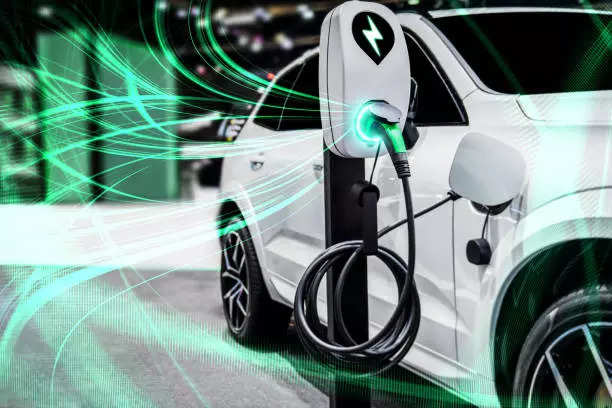
At the recently held COP27 summit, world leaders laid out an ambitious target for the world: Net zero emissions by 2070. The automotive industry will play a pivotal role in hitting this target.
The automotive sector, like a vast submerged iceberg, is larger than its most iconic symbols: The Original Equipment Manufacturers (OEMs). Globally, OEMs source from thousands of tier 1 suppliers who source from even more tier 2 suppliers. The supply chains through which products and components travel to OEMs are vast, global, highly complex, and very sophisticated. To reach the goal of zero emissions, industries along these supply chains are incorporating sustainable practices and adopting new technologies. At the heart of what’s making these supply chains more sustainable are a circular economy and end-to-end visibility.
Little waste and perfect visibility
A circular economy is one in which products and components are used and reused multiple times – if not indefinitely. As a result, little or no waste is produced along supply chains. Supply chains are increasingly becoming circular, with components never leaving the supply chain, and having reached the end of their life, being repurposed and used again.
Auto component makers have made significant progress in eliminating waste as most of the automotive materials are recyclable.
OEMs are increasingly demanding transparency across entire supply chains to monitor and further improve sustainability. Such transparency is necessary to ensure that every component is produced as sustainability as possible. With such end-to-end traceability and visibility of components, every component’s carbon footprint is knowable and quantifiable. Consequently, OEMs can and, whenever possible, opt to procure components from those suppliers whose products have the lowest carbon footprint.
Consider that with digital technologies embedded in supply chains, an OEM that manufactures in the US knows the carbon footprint of a downstream component manufactured in India, China or elsewhere. The OEM can track the component’s carbon footprint along the supply chain.
With data-driven insights, OEMs know the precise carbon footprint of entire supply chains on which millions of components are shipped. With such insights, they’re choosing to integrate into the most sustainable supply chains.
Manufacturers do not want to become more sustainable simply for moral reasons. In a recent survey by SAP and Oxford Economics, two-thirds of manufacturing executives stated that having a sustainable supply chain is a competitive differentiator.
Back to basics
Another way OEMs are becoming more sustainable is by rethinking the cornerstone of the automobile industry – the assembly line. Since at least from the middle of the last century, nearly all automobiles have been produced on an assembly line. Though assembly lines made manufacturing more efficient, they’re also responsible for producing tremendous waste and using energy inefficiently. Therefore, some OEMs are going back to producing automobiles as they had been manufactured before the advent of assembly lines. They’re turning to modular manufacturing, which in a sense, is the opposite of an assembly line.
In modular manufacturing, an automobile remains stationary while teams of highly skilled workers come to work on it. As a result, very little waste is produced. Also, modular manufacturing requires far less energy than an assembly line. For these reasons, OEMs are turning to modular manufacturing.
That’s not all. Automotive players are adopting other strategies as well.
Take care of the pennies and…
Automotive players are deploying solar panels within a manufacturing facility’s premises. This results in auto and auto component makers having a captive source of renewable energy. They also procure it from third parties who produce renewable energy.
Automakers are also using other innovative means to lower emissions. A leading OEM in Europe is using groundwater to cool its computer centre. Consequently, its energy usage has fallen by 90%. Thousands of companies in the automotive sector use similar innovations to produce renewable energy.
Furthermore, sustainability is now becoming ingrained into organisations’ DNA.
The best people
Increasingly, the leaders who join firms operating in the automotive sector are enthusiastic about incorporating sustainability into more facets of their company’s operations. Hence sustainability is being driven by internal forces from within organisations.
There is every reason to believe that the automotive industry is up to the challenge of becoming a net-zero emitter. The industry’s progress in just the past decade and a half has been spectacular. In this relatively short period, electric vehicles (EVs) have gone from being on the periphery to becoming mainstream, highly desirable automobiles used daily by millions of households.
The progress made on the EV front, remarkable as it is, is only one area in which the automotive industry is making great strides. Other advances like a circular economy, transparent supply chains, modular manufacturing, unique innovations at thousands of facilities across the world combined with a more eco-conscious workforce will continue making the automotive industry more and more sustainable.
(Disclaimer: Rohit Saboo is CEO of NBC Bearings. Views are personal)
















